Table of Contents
Tsushima Shrine in Tsushima City, Aichi Prefecture, which enshrines the god of warding off epidemics, prays for healing from the COVID-19 every day, and many people visit to pray for talismans and amulets to ward off epidemics.
History of Tsushima Shrine

Tsushima Shrine was founded about 1,500 years ago in the first year of Emperor Kinmei (540). The shrine was originally called "Tsushima Shrine," but during the Nara period Buddhism was transmitted to the shrine. The shrine was originally called "Tsushima Shrine," but with the arrival of Buddhism in the Nara period, the name was changed to "Tsushima Gozu-tenno-sha" in accordance with the belief that the ancient Japanese gods were alter egos of Buddha, or "Shinto/Buddhism syncretism". With the separation of Shintoism and Buddhism in the Meiji period, the name was changed to "Tsushima Shrine," but today it is still affectionately known as "Tsushima no Tenno-sama" and is the head shrine of the Tenno faith of approximately 3,000 shrines throughout Japan.
According to an anecdote, when Susanoo-no-mikoto visited two brothers on a journey in search of lodging, the wealthier brother, Kotan Shourai, refused, while the poorer brother, Somin Shourai, offered his hospitality, albeit poorly. As a reward for his hospitality, he told them that if they put a ring of thatch on the ground, it would ward off plague and disease. Since then, Susanoo-no-mikoto has long been worshipped as the god of pestilence and protection from bad luck.
During the Warring States period, Nobunaga Oda, Hideyoshi Toyotomi, and Tokugawa Family gathered their faith and received many donations such as tower gates.
Summer Tenno Festival is a tradition of 600 years

Various festivals are held at Tsushima Shrine throughout the year, but the biggest festival is the Owari Tsushima Tenno Festival in summer. Known as one of the three major river festivals in Japan, it has a history of 600 years as a festival to ward off evil.
Nobunaga Oda and Hideyoshi Toyotomi are said to have observed the fantastic "Evening Festival" in which about 400 lantern-lit boats paddle across the Tenno River.

After the evening festival is over, the "Asamatsuri" is decorated with Noh dolls, creating an elegant atmosphere different from the lantern boat. The Tenno Festival, which is loved by many people, was registered as a UNESCO Cultural Heritage Site in 2016.
This year, the Funamatsuri event was canceled due to the COVID-19, but it seems that the ritual to pray for the plague dispersal was held safely with only the people involved.
Introducing the historic precincts

Tsushima Shrine is a 15-minute walk from Tsushima Station on the Meitetsu Tsushima Line and Bisai Line. By car: 15 minutes by car from Higashi-Meihan Expressway "Yatomi IC". There are parking lots at the south and east gates, with a total of 100 spaces.

If you walk straight from Tsushima Station, you will see a vermilion torii gate and a splendid tower gate ahead of it. After bowing, go through the gate.

Wash your hands and mouth at the chozuya on your right.

The tower gate was donated by Hideyoshi Toyotomi in 1591 and is a national important cultural property.

I bowed twice and clapped once at this worship hall. There is a main hall behind the worship hall, but the general public cannot enter. The main shrine, designated as a national important cultural property, was donated by the wife of Tadayoshi Matsudaira, the fourth son of Ieyasu Tokugawa.
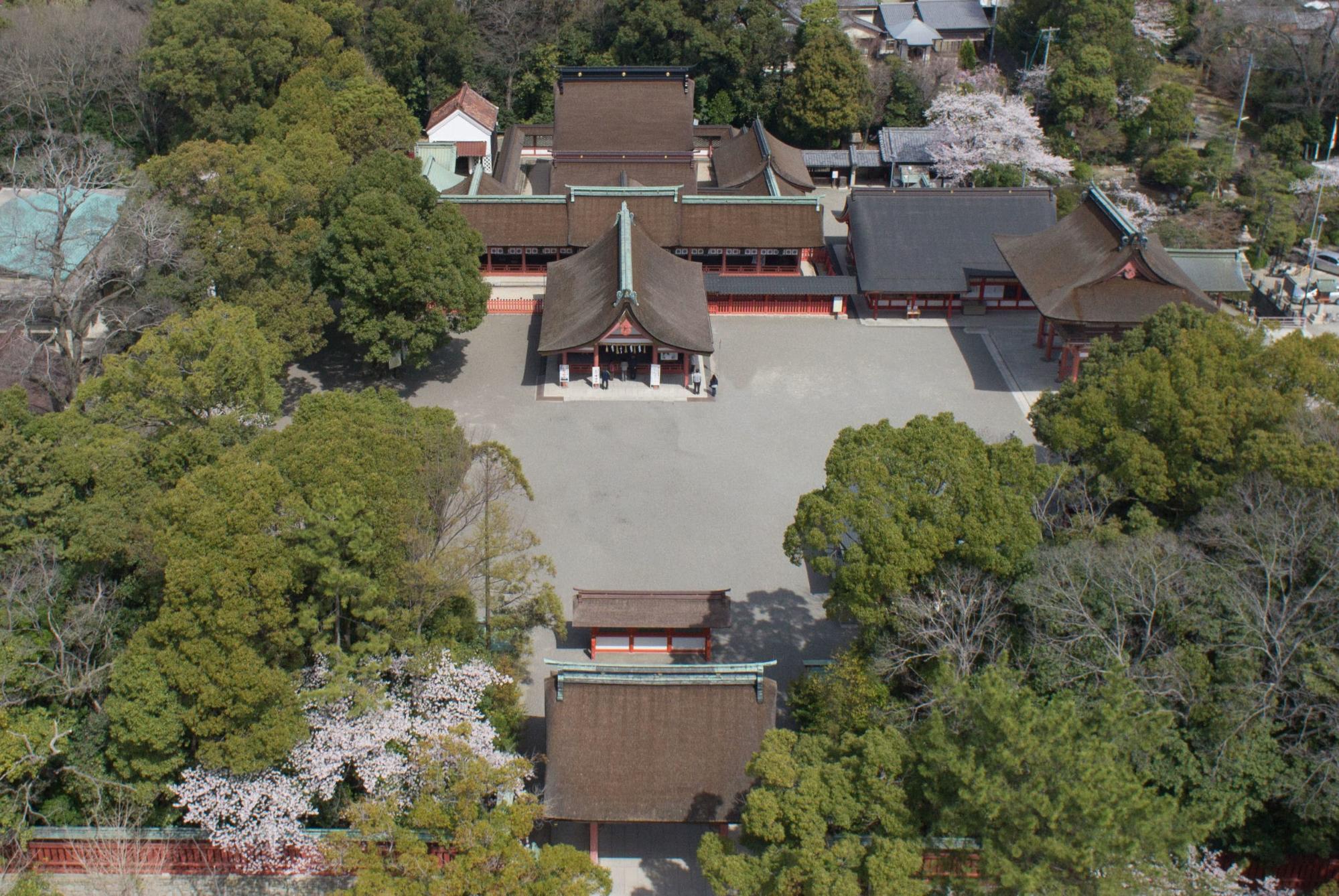
There are 37 secondary and secondary shrines in the 10,000 tsubo wide precincts, including the main shrine, where various gods are enshrined, such as "good health," "harmony in marriage," and "prosperous business."

Yagoro-Densha enshrines Takenouchi Sukune, the founder of the family name, as the landlord god of Tsushima Shrine.

Inari shrine with red torii gates. It is said to bring prosperity in business and safety in the home.
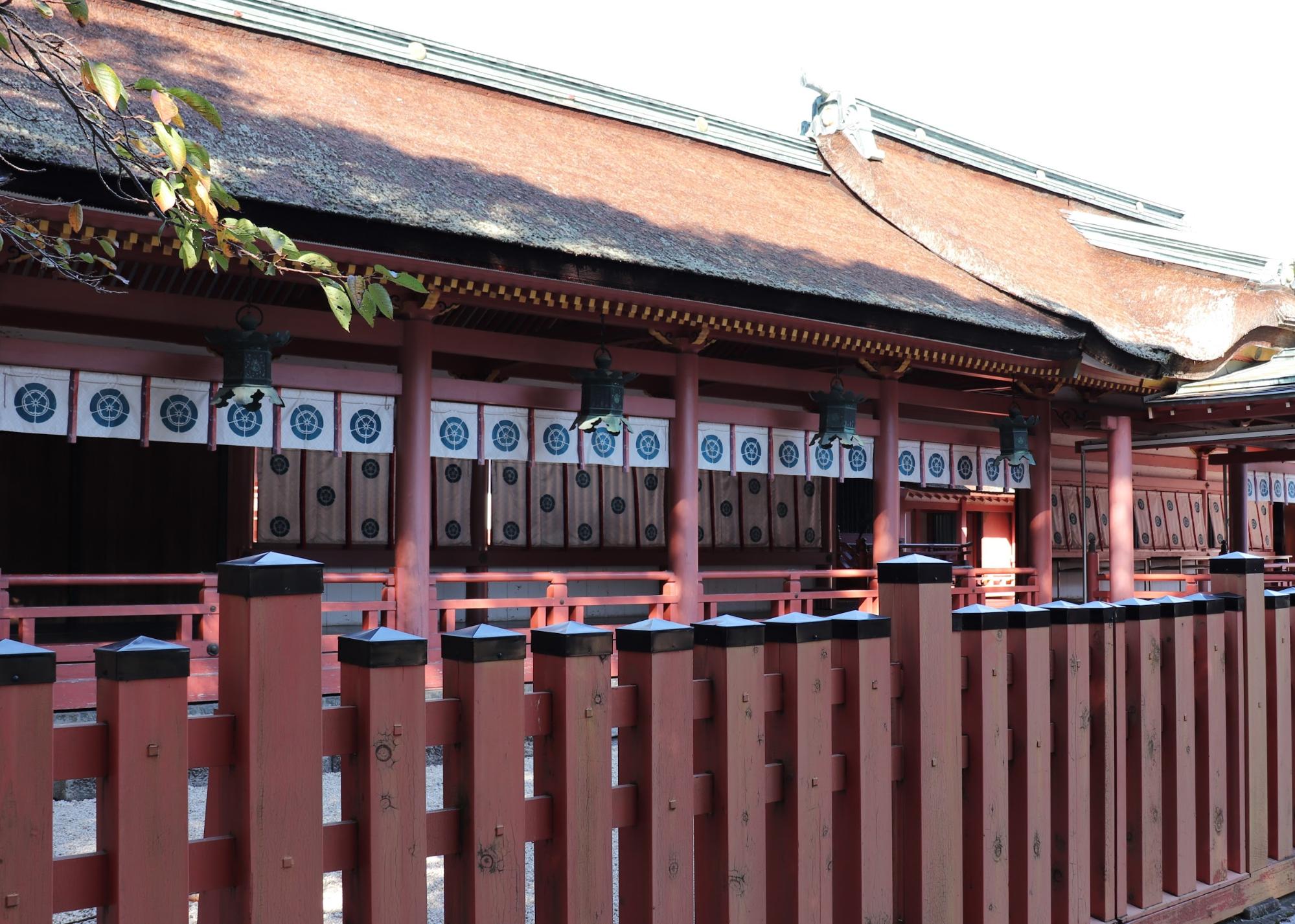
A corridor that connects the Worship Hall to the Saibunden and the main hall. The crest of Tsushima Shrine is called Mokkomon, which is the same as the crest of the Oda family. Please pay attention to it.


![[Tsushima city] Increase your Profits at "Tsushima Shrine" to Ward Off Epidemics!|Outing Spots in Tsushima City>Shrines and Temples|Life Designs|Traveling and Living in Nagoya, Aichi, Gifu and Mie](https://life-designs.jp/wp/wp-content/themes/wp-templ/assets/img/common/logo.svg)

![[Tsushima city] Increase your Profits at "Tsushima Shrine" to Ward Off Epidemics!](https://life-designs.jp/wp/wp-content/uploads/2020/11/image28-1.jpg)
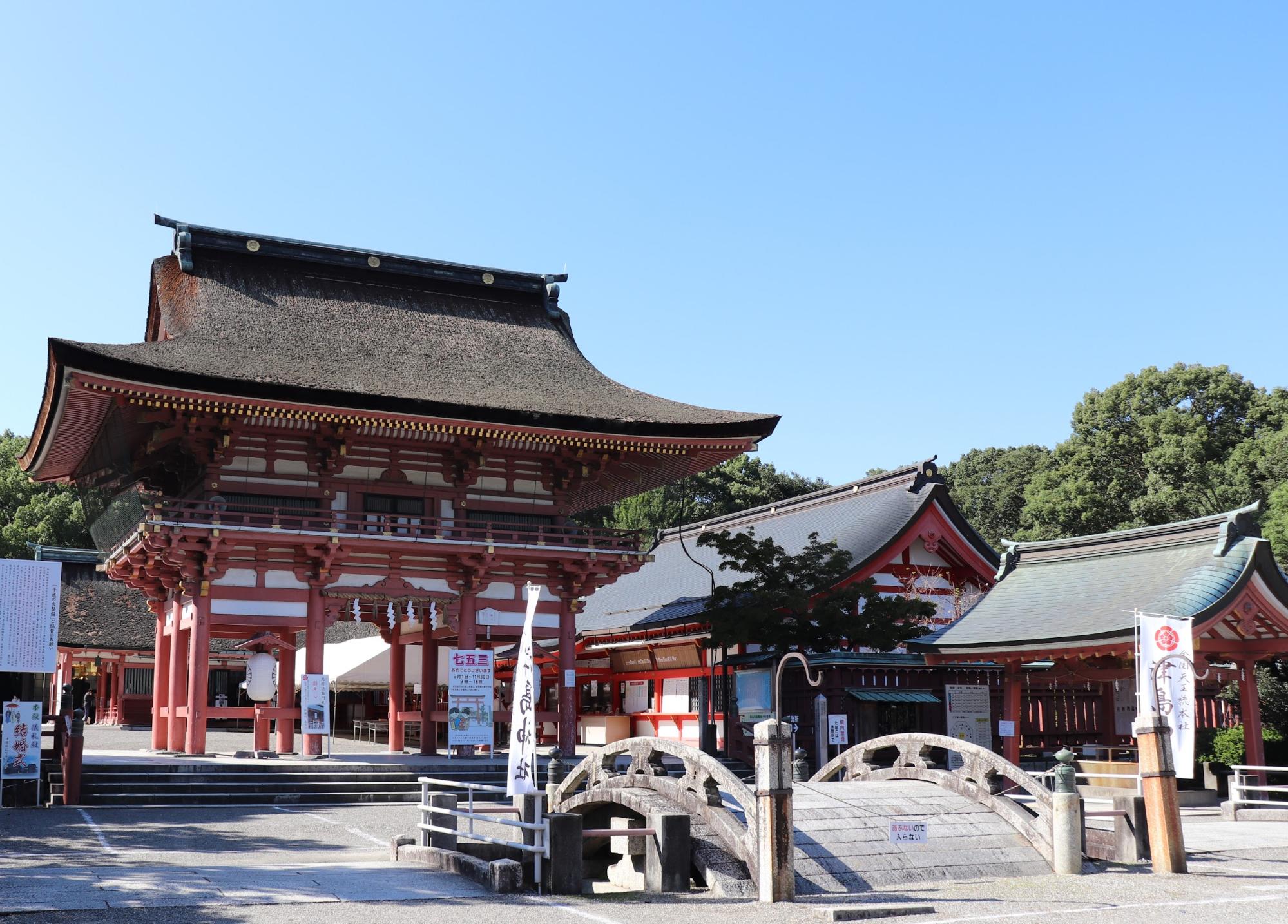
![[Tokai Area] Shrines and Temples](https://life-designs.jp/wp/wp-content/uploads/2022/03/4b6784b9a0a6f408160ee9c32a307138-1024x580.png)









![[Tahara] Year of the Tiger! I went to "Torano Shrine" in Tahara City](https://life-designs.jp/wp/wp-content/uploads/2021/12/d0bcf6e9c39c9d5ca563199fb9b86b2e-1-1024x683.jpg)


![[Indoor Facilities] Where to Go on Rainy Days in Tokai Area! For Family Outings!](https://life-designs.jp/wp/wp-content/uploads/2023/07/FotoJet-23.jpg)






![[Special Feature] Enjoy Outdoor Activities!](https://life-designs.jp/wp/wp-content/uploads/2019/12/LD_banner_w1920x1088_outdoor-1-768x435.jpg)
![[Ghibli Park] Beginner's Guide](https://life-designs.jp/wp/wp-content/uploads/2023/07/ghiblipark_w1920h1088_20240422-1024x580.png)
![[Nagoya-meshi] Nagoya's Speciality Dishes](https://life-designs.jp/wp/wp-content/uploads/2022/06/5ba2ca8c038fd4af7527bc0826367cfb-1024x580.png)
![[Tokai Area] Scenic Spots which You'll Never Forget](https://life-designs.jp/wp/wp-content/uploads/2019/12/LD_banner_w1920x1088_prospect-1-1024x580.jpg)


















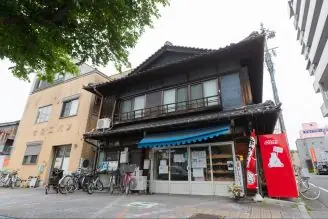

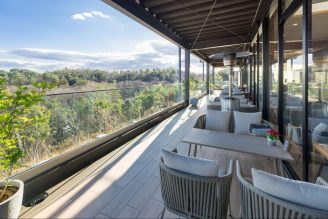















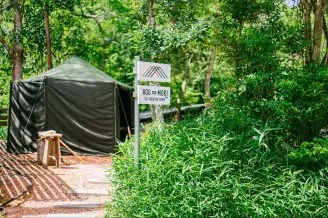


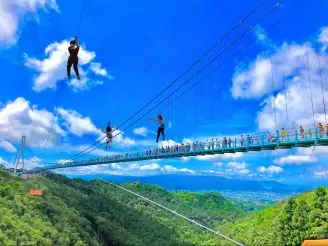




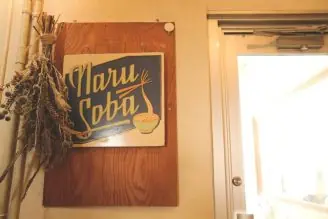






![[9 Selections] Summary of Retro Coffee Shops in Nagoya](https://life-designs.jp/wp/wp-content/uploads/2021/11/image1-30-1024x683.jpg)
![[10 selections] Recommended for Girls' Trip from Nagoya! Special feature on Hotels and Inns](https://life-designs.jp/wp/wp-content/uploads/2022/11/FotoJet-1-1024x768.jpg)
![[Aichi, Gifu, Mie] 30 Family-Friendly Spots to Go in Winter!](https://life-designs.jp/wp/wp-content/uploads/2019/12/image21-1-768x543.png)
![[Within 2hrs by Car] 12 Outing Areas where You can Go on a Day Trip from Nagoya!](https://life-designs.jp/wp/wp-content/uploads/2023/07/odekake12_w1200h900_20240422-328x246.png)


![[14 Selections] Recommended spots to spend the weekend in Kakuozan area of Nagoya](https://life-designs.jp/wp/wp-content/uploads/2022/07/Kakuozan-spot_w1920h1088_240605-328x186.png)
